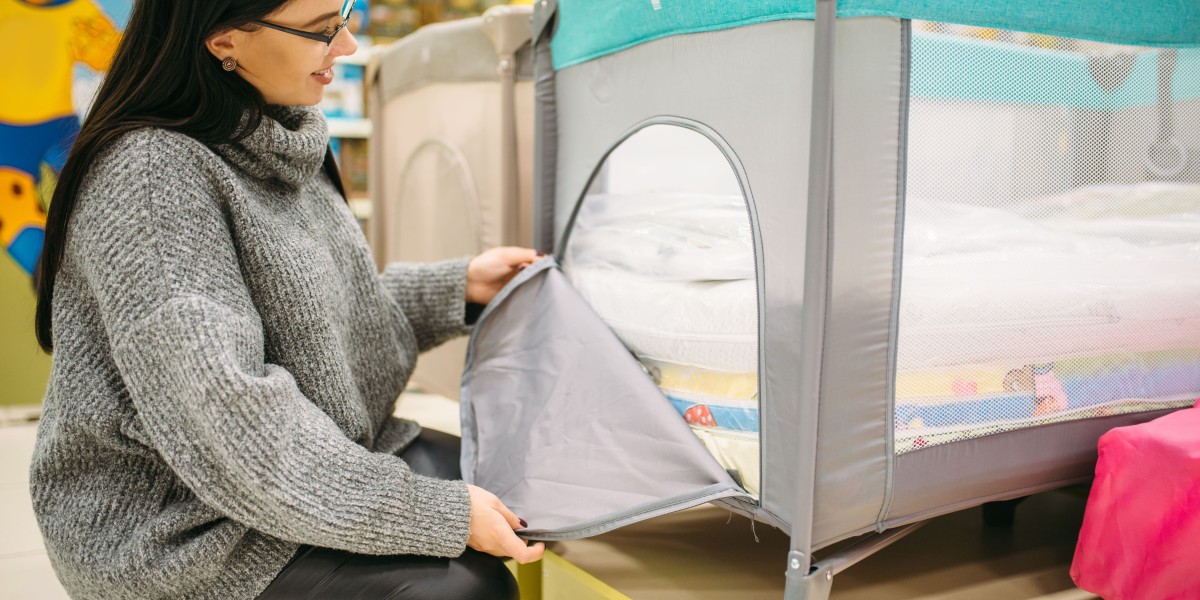Precision in Diagnosis: Understanding Breast Cancer Core Needle Biopsy
When a suspicious area is identified in the breast through imaging techniques such as mammography, ultrasound, or MRI, further investigation is often necessary to determine its nature. While imaging can highlight abnormalities, it cannot definitively diagnose cancer. This crucial step is performed through a biopsy, where tissue samples are collected for microscopic examination. Among the various biopsy methods, the core needle biopsy (CNB) stands out as a widely used and effective technique for obtaining sufficient tissue from a breast lesion. This minimally invasive procedure plays a pivotal role in accurately diagnosing breast changes, distinguishing between benign conditions and malignancies, and guiding subsequent treatment decisions.
The Mechanics of Core Needle Biopsy
A core needle biopsy involves the use of a hollow, spring-loaded needle to extract small cylinders, or "cores," of tissue from the suspicious area. The procedure is typically performed as an outpatient procedure, often under local anesthesia to numb the breast area. Imaging guidance is almost always used to ensure the needle is accurately positioned within the target lesion. Depending on the visibility of the abnormality, this guidance can be provided by ultrasound, mammography (stereotactic biopsy), or magnetic resonance imaging (MRI-guided biopsy). The clinician carefully advances the needle into the lesion, and a mechanism quickly advances and retracts the inner cutting stylus, retrieving a core of tissue. Several core samples are usually taken to ensure adequate material for pathological analysis.
Applications in Breast Health Assessment
Core needle biopsy is applied in various scenarios within breast health assessment. Its primary application is to evaluate suspicious masses or areas of architectural distortion seen on imaging that cannot be definitively characterized as benign. It is also used to investigate microcalcifications, particularly when they appear in patterns suggestive of malignancy. Beyond initial diagnosis, CNB can be performed to assess axillary lymph nodes that appear suspicious on imaging, helping to determine if cancer has spread. Furthermore, in cases of newly diagnosed breast cancer, core needle biopsy provides the tissue necessary for additional tests, such as hormone receptor status and HER2 status, which are critical for tailoring personalized treatment plans.
Advantages Over Other Biopsy Methods
Core needle biopsy offers several advantages compared to other biopsy techniques. It is less invasive than surgical biopsy, requiring only a small skin incision or just a needle puncture, which results in minimal scarring, less discomfort, and a quicker recovery time. Compared to fine needle aspiration (FNA), which collects only cells, CNB obtains actual tissue samples, providing a more comprehensive architectural view of the abnormality. This allows pathologists to make a more definitive diagnosis, often differentiating between invasive and non-invasive forms of cancer, which is crucial for treatment planning. The accuracy and low complication rates associated with CNB make it a preferred method for initial breast lesion assessment.
Post-Procedure and Pathological Analysis
Following a core needle biopsy, a tiny metallic clip may be placed at the biopsy site to mark the location of the lesion for future reference, especially if surgical removal becomes necessary. The tissue samples are then sent to a pathology laboratory, where a specialized pathologist examines them under a microscope. This examination determines whether the cells are benign, atypical, or cancerous. If cancer is found, the pathologist can also provide information about the type and grade of the cancer. The results from the core needle biopsy are fundamental in guiding subsequent clinical decisions, allowing healthcare providers to formulate an appropriate and individualized management plan for each individual.
? Stay ahead in the healthcare industry. Browse our latest insights now!
About Market Research Future (MRFR)
Market Research Future (MRFR) is a global market research firm that provides comprehensive insights into market trends, drivers, challenges, and opportunities. We offer a broad range of market intelligence reports and consulting services to help businesses and enterprises in various industries make informed decisions
Media Contact:
Market Research Future (MRFR)
Phone: +1-646-845-9312
Email: contact@marketresearchfuture.com
Website: marketresearchfuture








